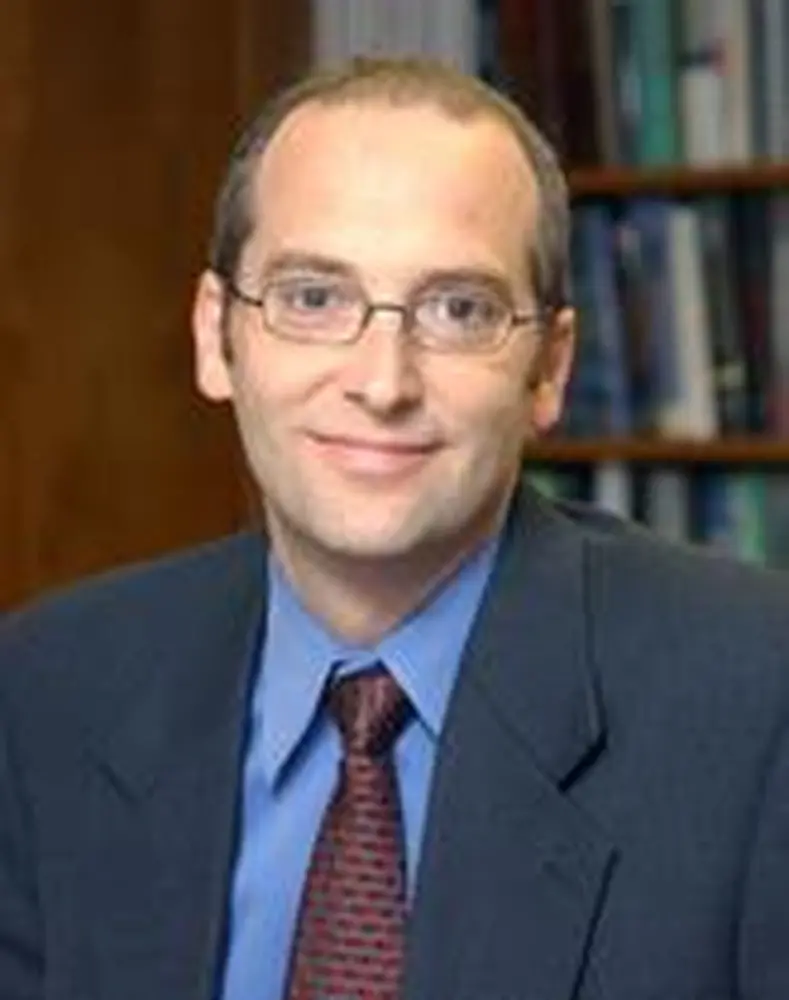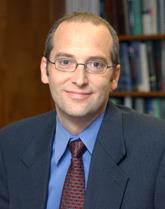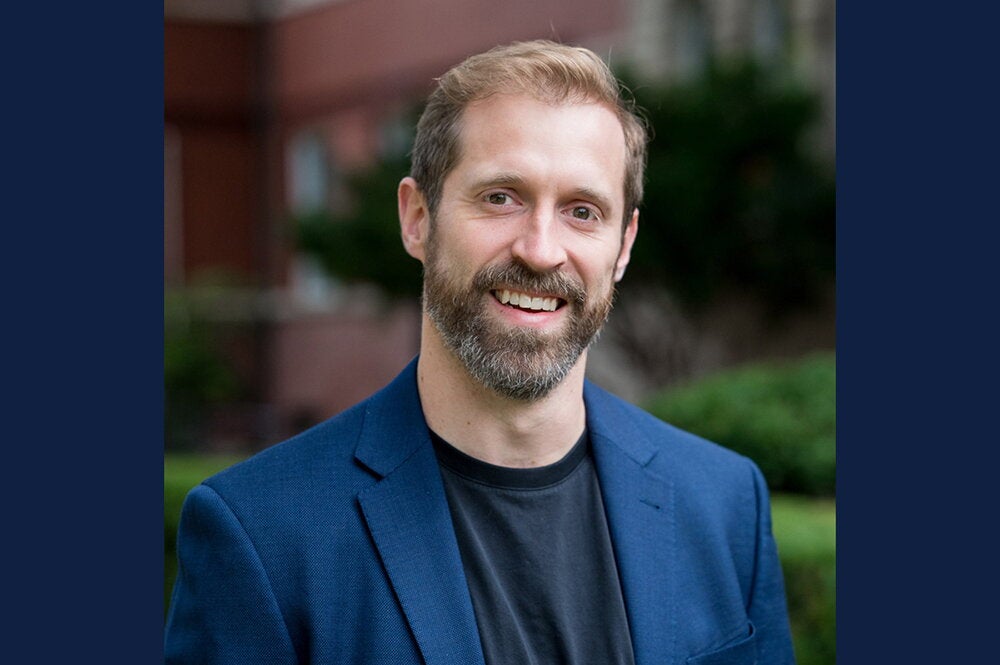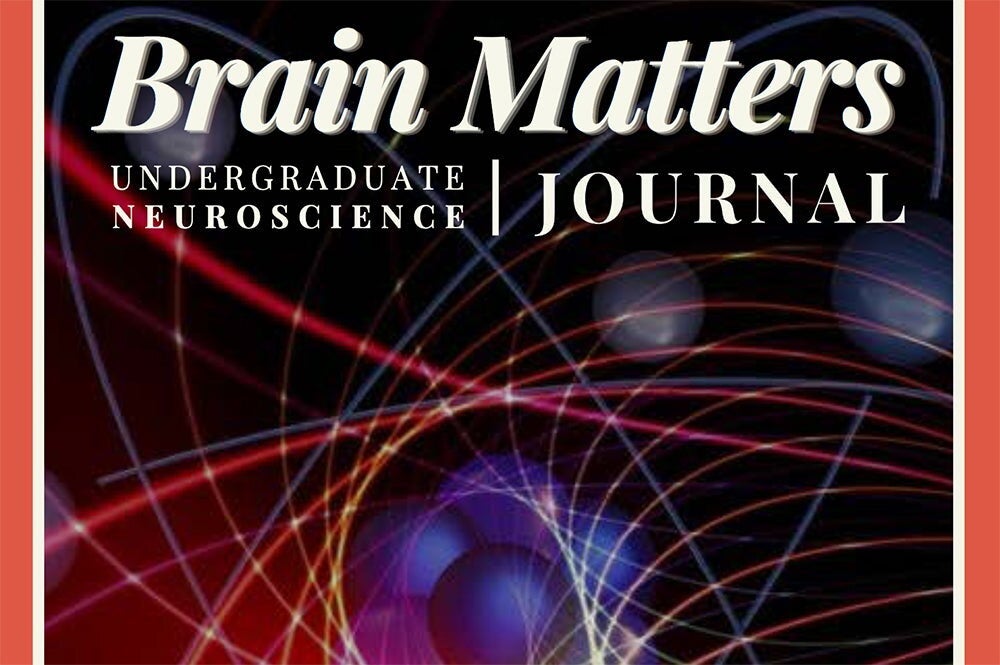

Just about any minute of any day someone is using a chemical reaction named after John F. Hartwig, who recently came to the University of Illinois chemistry department from Yale University.
The Buchwald-Hartwig reaction has become a key chemical reaction in the development of new drugs by pharmaceutical companies around the world. And it all came out of an intensely competitive research effort in the mid-1990s by two different teams-the Hartwig research group at Yale and the Buchwald group at MIT.
"It's a remarkable story really," Hartwig says. "There were many points in which the two groups made discoveries that, although not identical, were related. And the results from the two groups were often published back-to-back in the same journal."
According to Hartwig, people have speculated how the two groups could have consistently come up with similar results, but he says it was not because information was being passed between the groups. He says that when one particular discovery was made, it became clear what the next step would be, which accounted for the similar paths.
Hartwig continues such work at the U of I-pioneering reactions in the field of "transition metals." These metals include many elements from the center of the periodic table, including iron, cobalt, platinum, and palladium.
When transition metal chemistry began to develop in the 1960s and '70s, it triggered a move toward the increasing use of catalysts. These catalysts have often been transition metal complexes, he says. Prior to this period, most organic reactions in laboratories did not use a catalyst.
Catalysts regulate almost every chemical reaction in the human body, Hartwig points out, and they offer many advantages in the laboratory as well. For instance, catalysts shorten the length of the chemical synthesis process, saving considerable time and labor. This also has environmental advantages because fewer reactions mean less solvent, fewer reagents, and less waste.
In their work on transition metals, Hartwig's team also discovered a catalyst in 2000 that could selectively react with an alkane to create a single product-something that hadn't been done before. (Alkanes are hydrocarbons, or petroleum products.)
This discovery was actually more dramatic than his best-known achievement, the Buchwald-Hartwig reaction, because it had much less precedence. But because it is a relatively new discovery, it does not yet have a lot of applications.
Hartwig's return to Illinois is a homecoming of sorts because he lived in the Chicago suburbs early in life-until the family moved to New York when he was only four.
Hartwig says the U of I is one of the top departments in the country, but that wasn't the only factor that attracted him to Illinois. He was also drawn by its youthful promise. While most departments are rapidly aging, he says Illinois has built up the strongest group of young chemistry faculty in the country.
As he puts it, "If you look at all of the top departments in the country, the U of I is the one with the brightest future."


